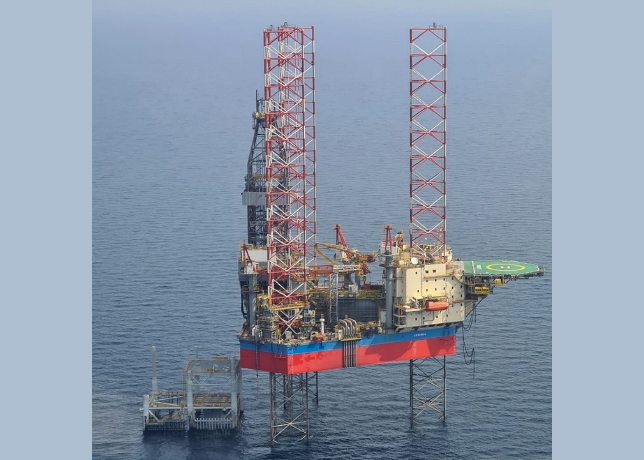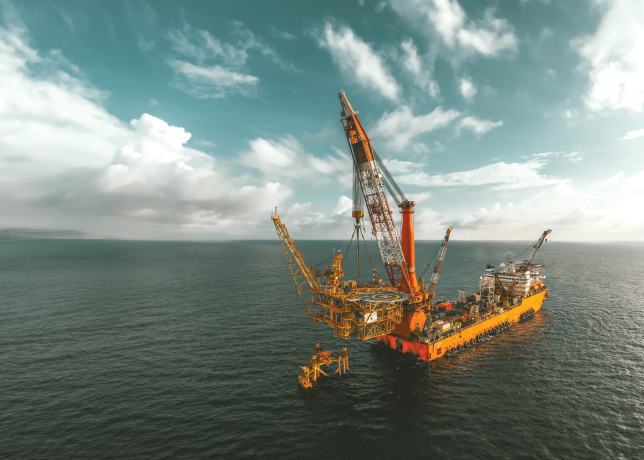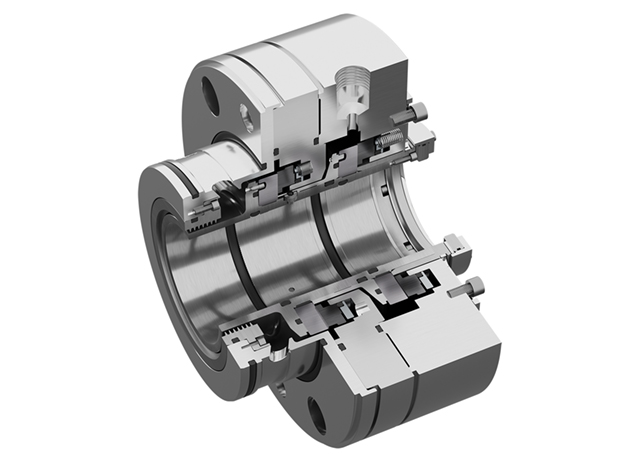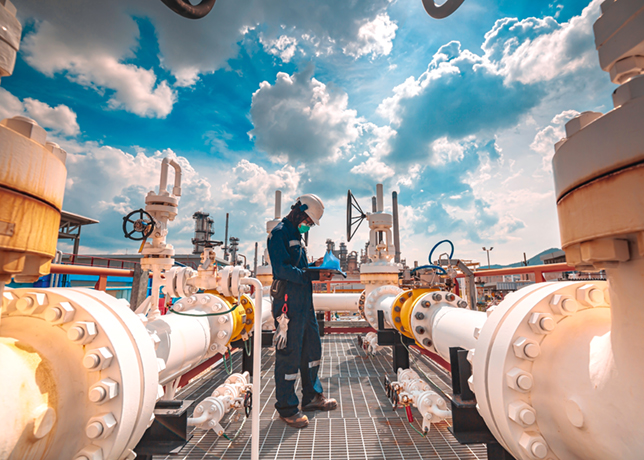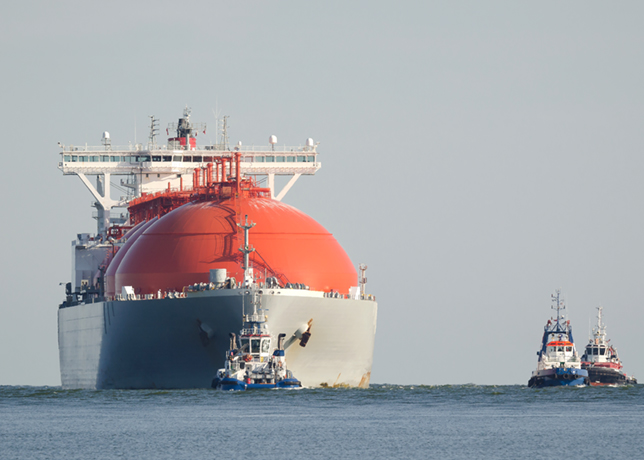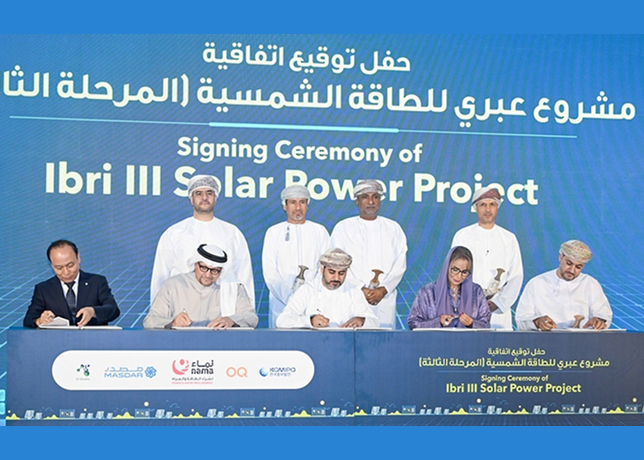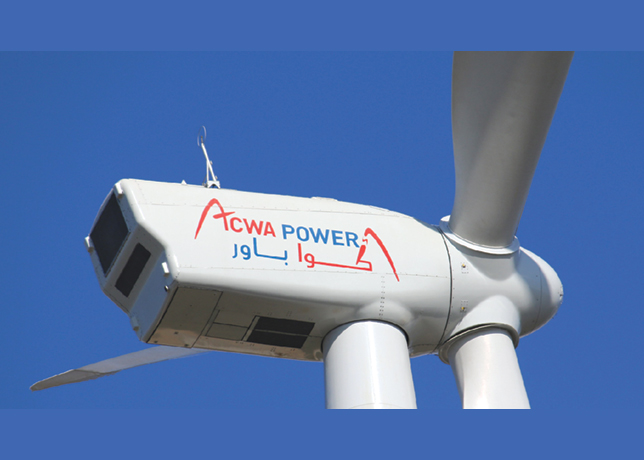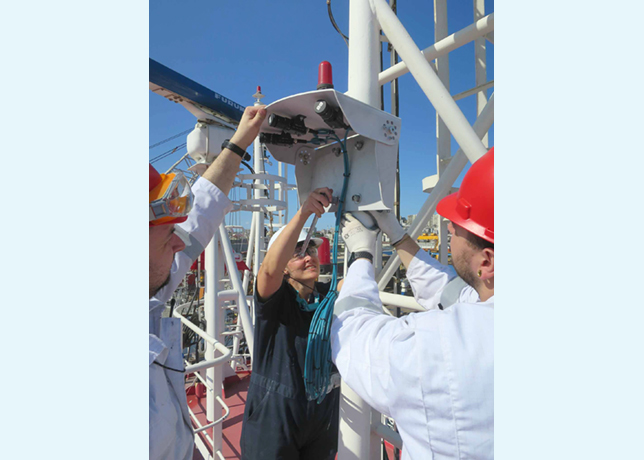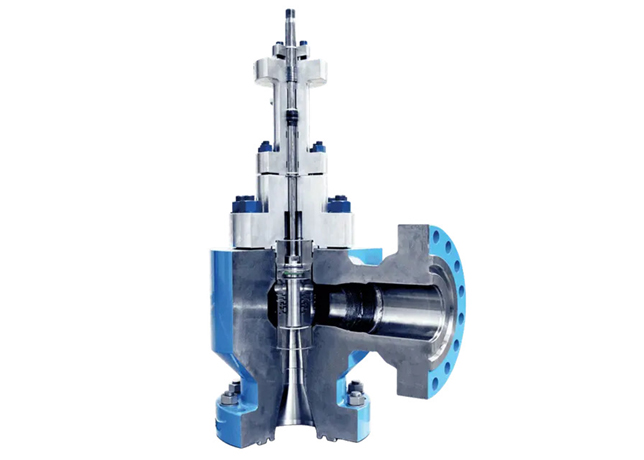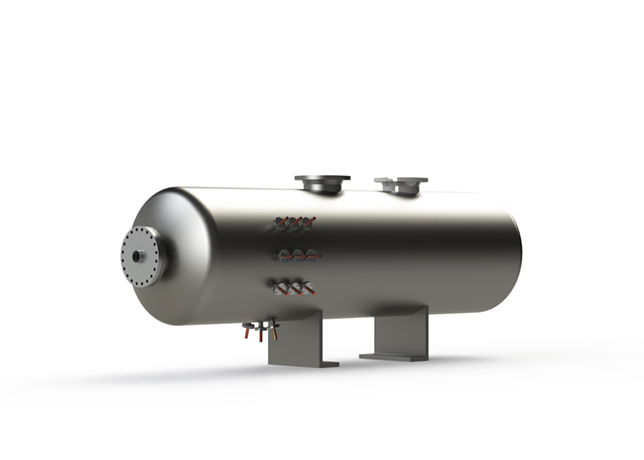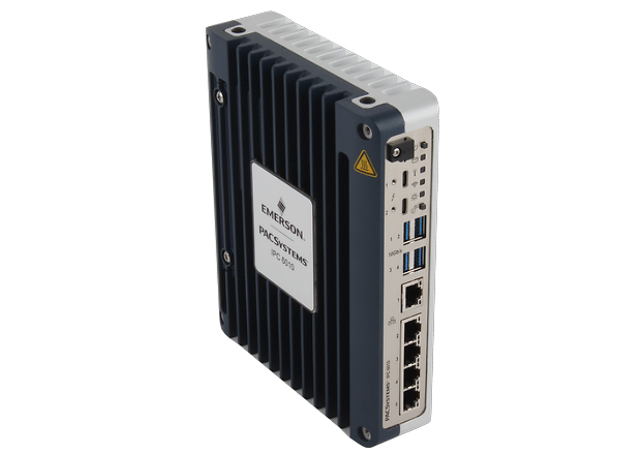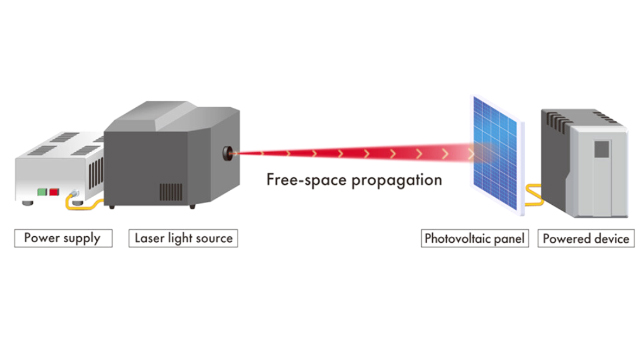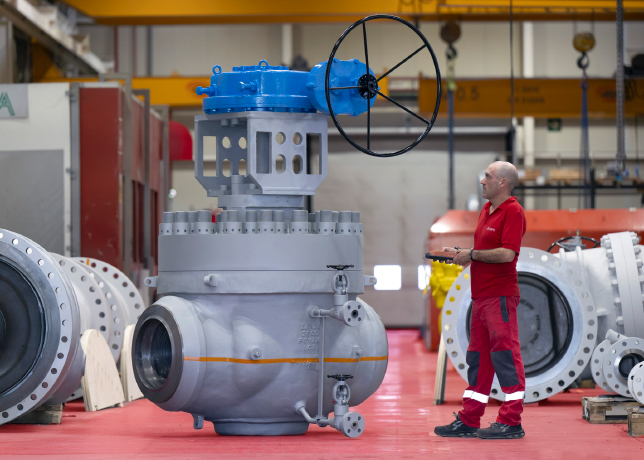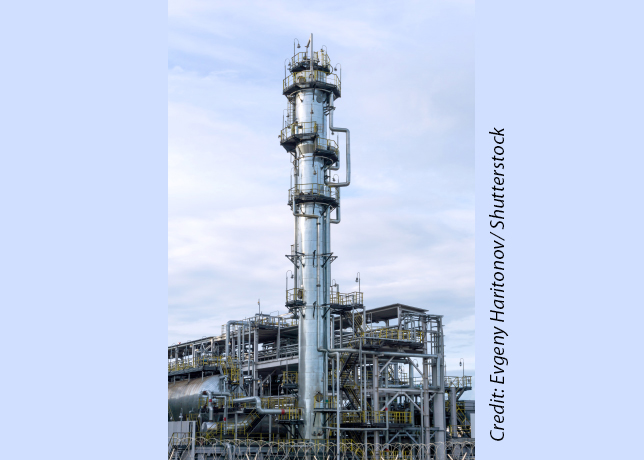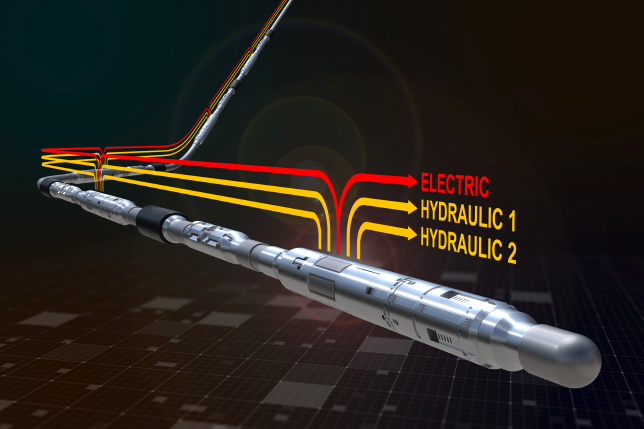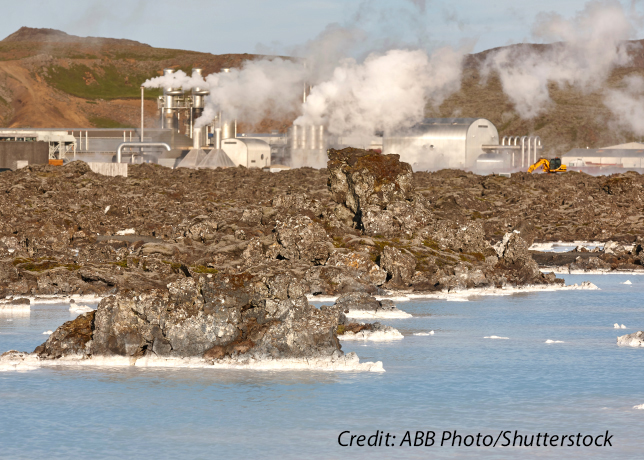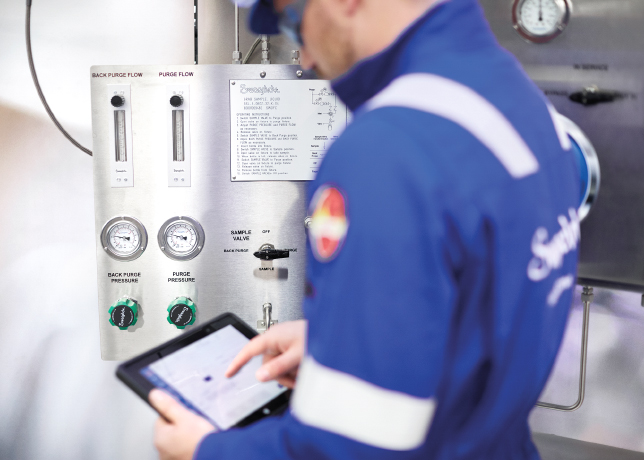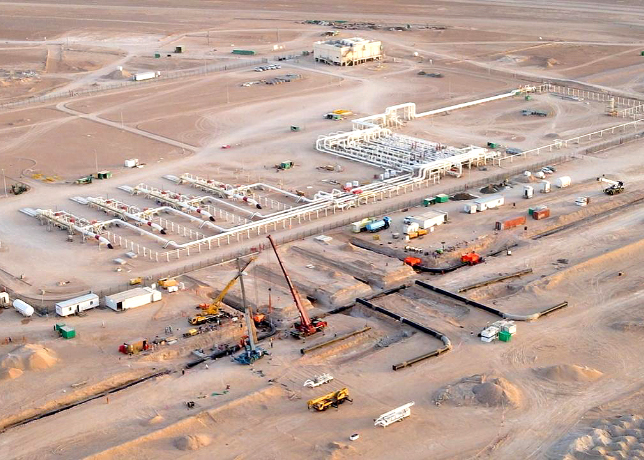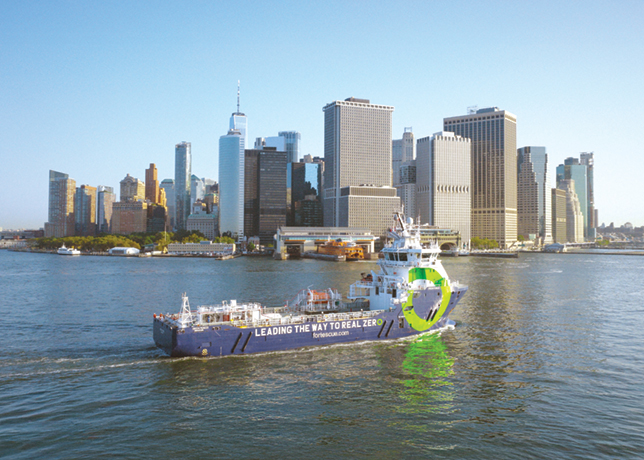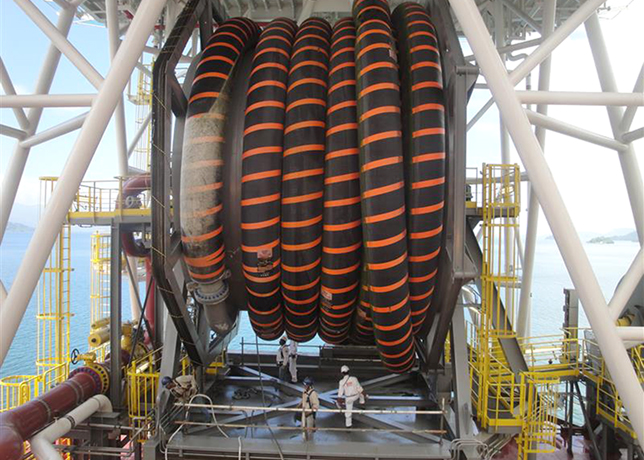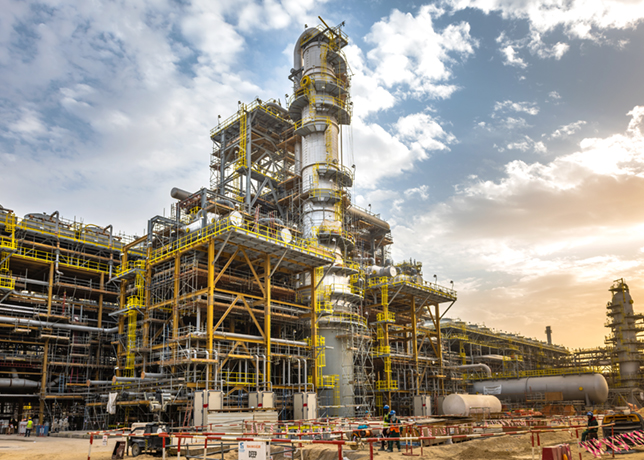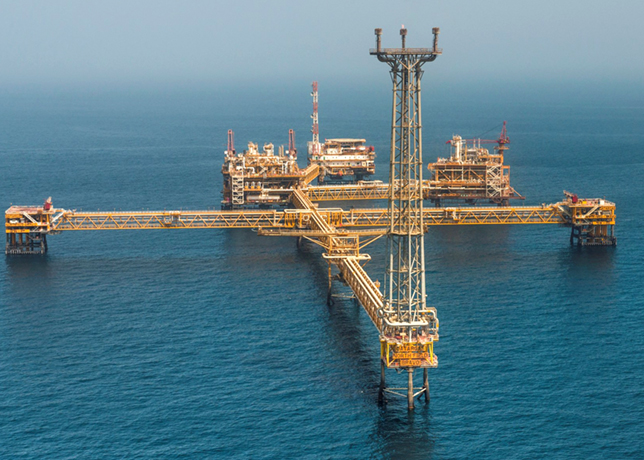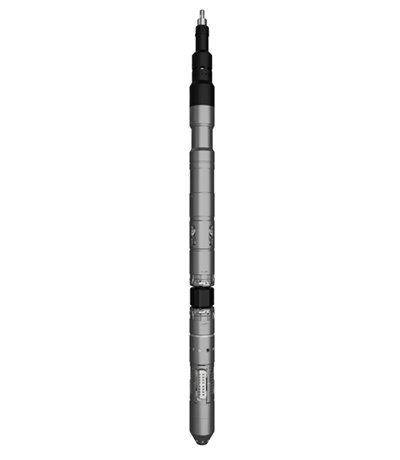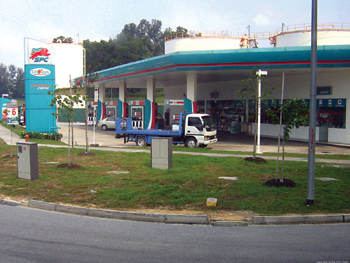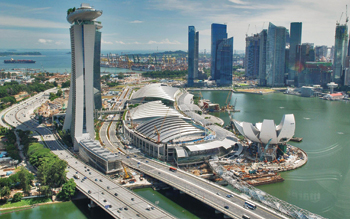
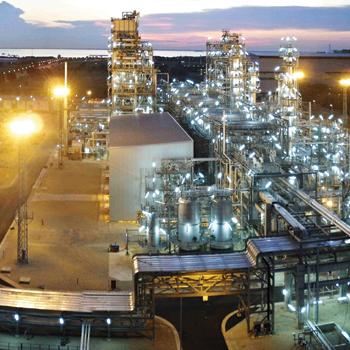 Singapore ... carving a niche in offshore equities market
Singapore ... carving a niche in offshore equities market
OVER the past few years, the Singapore equities capital market has carved out a niche for itself in the global offshore marine sector by building on its position as a leading manufacturer of rigs and floating production storage offloading (FPSO) units, its reputation as a regional energy hub, and its status as a leading maritime and financial centre. This article highlights some of the unique advantages that may prime Singapore for development into a globally competitive offshore equities market.
REPUTABLE OFFSHORE LISTEES
Two of the world’s biggest rig builders, Keppel Corporation Ltd and Sembcorp Marine Ltd, are active on the Singapore stock exchange. Other listed offshore companies are generally smaller in size. Among these, the companies with a larger market capitalisation include Ezion Holdings Ltd, Ezra Holdings Ltd, Pacific Radiance Ltd and Mermaid Maritime Public Co Ltd.
In April 2014, Pacific Offshore Services Holdings Ltd, a leading international operator of offshore support vessels, raised $388 million in an initial public offering (IPO) that was three times subscribed on the Singapore Exchange. This listing brings the total number of companies in the maritime and offshore services sector listed on Singapore Exchange to 56. Together, these companies have a market capitalisation of close to $50 billion.
INVESTOR APPETITE
The attractiveness of the Lion City for the offshore sector in raising capital may be partly due to the resilience and strength of investor appetite in Singapore for the offshore sector, strangely categorised with oil and gas by cautious investors at times. The equity prices of most offshore companies have performed relatively well since the 2008 global financial crisis that led to a general decline in equity prices. The equities capital market for offshore companies have generally recovered since the crisis, and in some cases, fairly spectacularly.
Pacific Radiance, an offshore support services company that listed on the Singapore Exchange in November 2013, saw its share price increase from a closing price of $0.93 immediately after its IPO, to $1.22 by the end of May 2014, providing a 31 per cent return for investors within seven months.
STRONG INDUSTRY FUNDAMENTALS
Crude oil prices have been increasing steadily for the past few years, spurring strong interest in oil and gas exploration and production (E&P) activity, which in turn creates strong demand and profitability for the offshore industry.
The increased demand is reflected in the strong profit performance of Singapore offshore companies in recent years, with most offshore support services companies also registering an increasing profit trend over the past three years.
STRONG LONGER-TERM PROSPECTS
Going forward, how will the offshore equities capital market continue to perform?
Offshore marine is a very fragmented industry, ultimately fuelled by the spending in E&P activities of the oil majors. Over the past years, the offshore marine industry has been buoyed by high oil prices and an ageing offshore fleet. But with the flurry of fleet expansion by offshore companies, are these the early signs of a potential downturn and reasons behind the bearish undertone of the offshore market seen in the Singapore equities capital market recently?
In January this year, British Petroleum published “BP Energy Outlook 2035”, which reveals that in the longer term, global energy consumption is expected to rise by 41 per cent from 2012 to 2035. The International Energy Agency (IEA) also published “World Energy Outlook 2013”, which forecasts a similar upward trend in oil use up to 2035. IEA also highlights that declining output from existing oil fields will drive upstream oil investment up to 2035. In view of the increasing demand, and reducing supply, there does appear to be significant prospects for the global oil and gas industry.
In the short term, however, there has been a strong supply of rigs and offshore support vessels in recent years, which may suggest over-capacity in the near term. The global offshore oil rig rates are down from record highs in 2013, and it may unfortunately fall further.
Based on data from Clarksons Research, there were 8,399 offshore vessels of various types and sizes in service as at May 2014. This is a 33 per cent increase since the beginning of 2009, when there were estimated to be 6,300 offshore vessels. Between 2013 and 2014 (up to May) alone, 619 offshore vessels were delivered, representing 7 per cent of the total fleet as at May 2014. In addition, a further 1,031 offshore vessels are under construction, which would add a further 12 per cent to the offshore fleet. In our view, we expect the offshore fleet expansion to continue.
Despite the potential issue of an over-supply of offshore vessels in the short term, the longer term view for the offshore industry continues to remain positive as the supply of shale gas may not replace the expected decline in global oil production to meet rising demand in time. This may lead to many oil and gas companies fast tracking their blueprint for E&P activities for untapped oil and gas reserves after tightening spending last year.
Market observers expect global E&P spending to reach a record of $723 billion in 2014, an increase of 6 per cent over 2013. E&P spending is also expected to increase through 2017 with global spending potentially reaching $1 trillion. The new paradigm bodes well for offshore shipping companies which will be the main beneficiary of the rise as, to put it simply, more E&Ps mean more work for offshore shipping companies.
STRONG COMMITMENT
As reported, SGX chief executive Magnus Bocker announced in April that the stock exchange is keen for more shipping and offshore companies to list in Singapore, and is working with the Maritime and Port Authority of Singapore to achieve this.



